Katya's IGNITE Presentation
1/18
There's no tags or description
Looks like no tags are added yet.
Name | Mastery | Learn | Test | Matching | Spaced |
|---|
No study sessions yet.
19 Terms
Hi, My name is Katya Mazurenko and I am an undergraduate intern here at NREL. Originally I am from a small wooded town outside of Boston, so I grew up with a lot of blackouts from storms or tree fall.
Slide 1
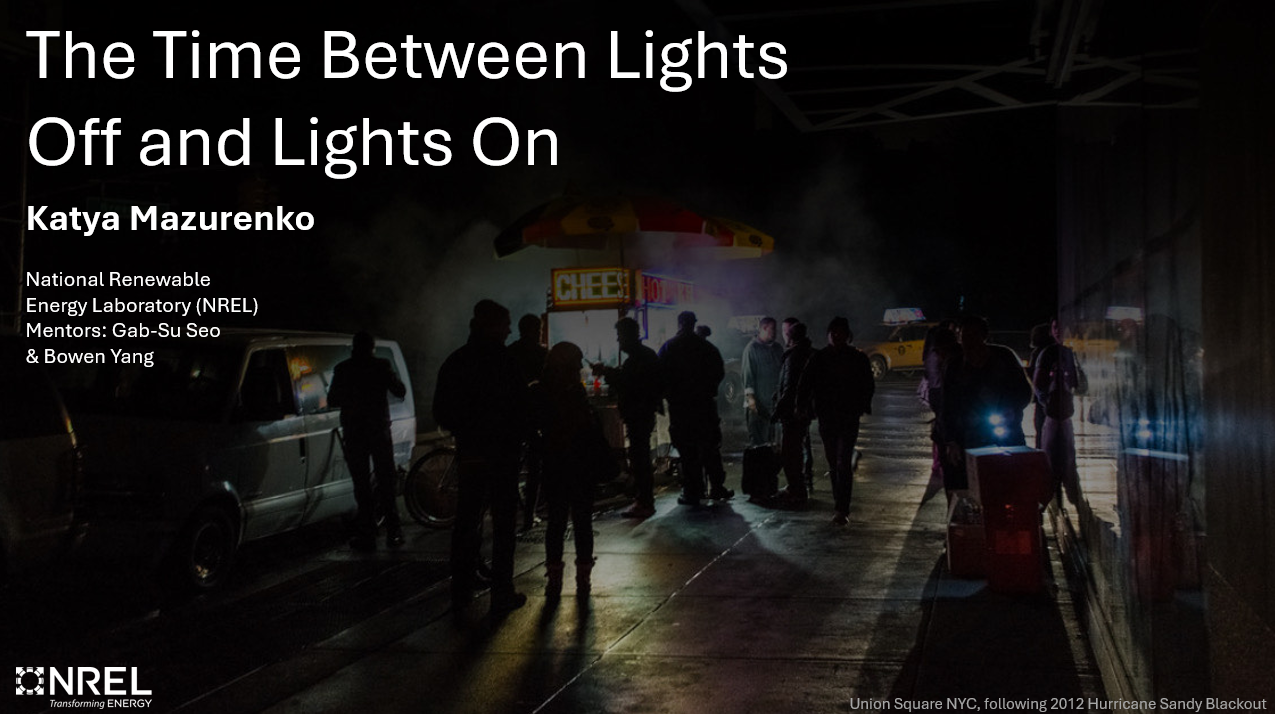
For me, losing power was no big deal. I’d just put on my flashlight while my parents went to grab some blankets. Then, we’d play card games like Uno until a couple hours later, the lights would magically turn back on.
Slide 2

Although, my experience is far from the only truth. In reality, blackouts can be devastating. For example, in 2021, Winter Storm Uri brought record low temperatures to Texas. As natural gas systems froze and as wind turbines iced over, the electrical grid became unstable, and …
Slide 3
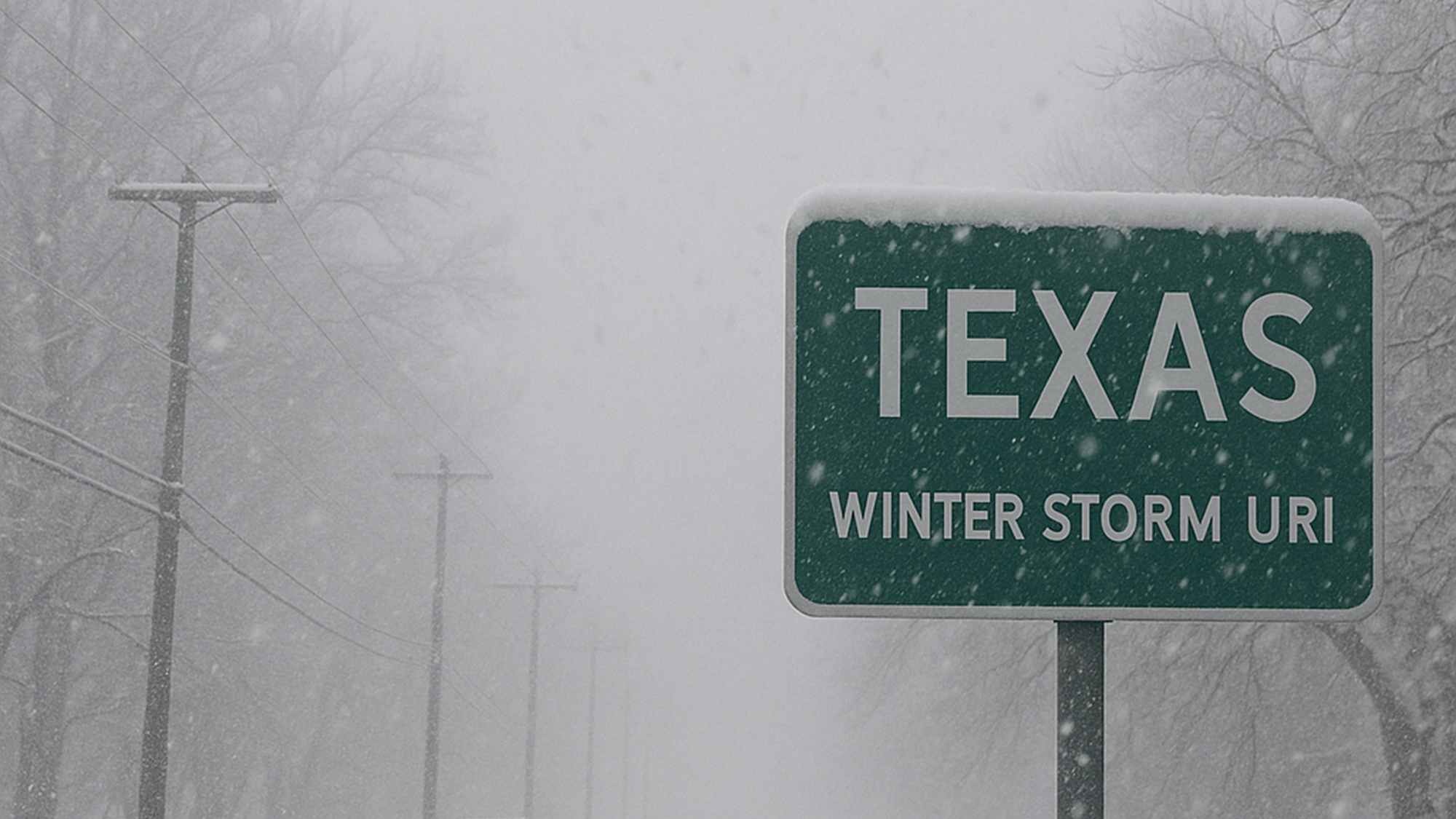
… the power grid operator had no choice but to shut down 40% of power generation. Blackouts rolled out for weeks to follow. In the end, around 250 people lost their lives due to having no power. (take a moment of silence)
Slide 4
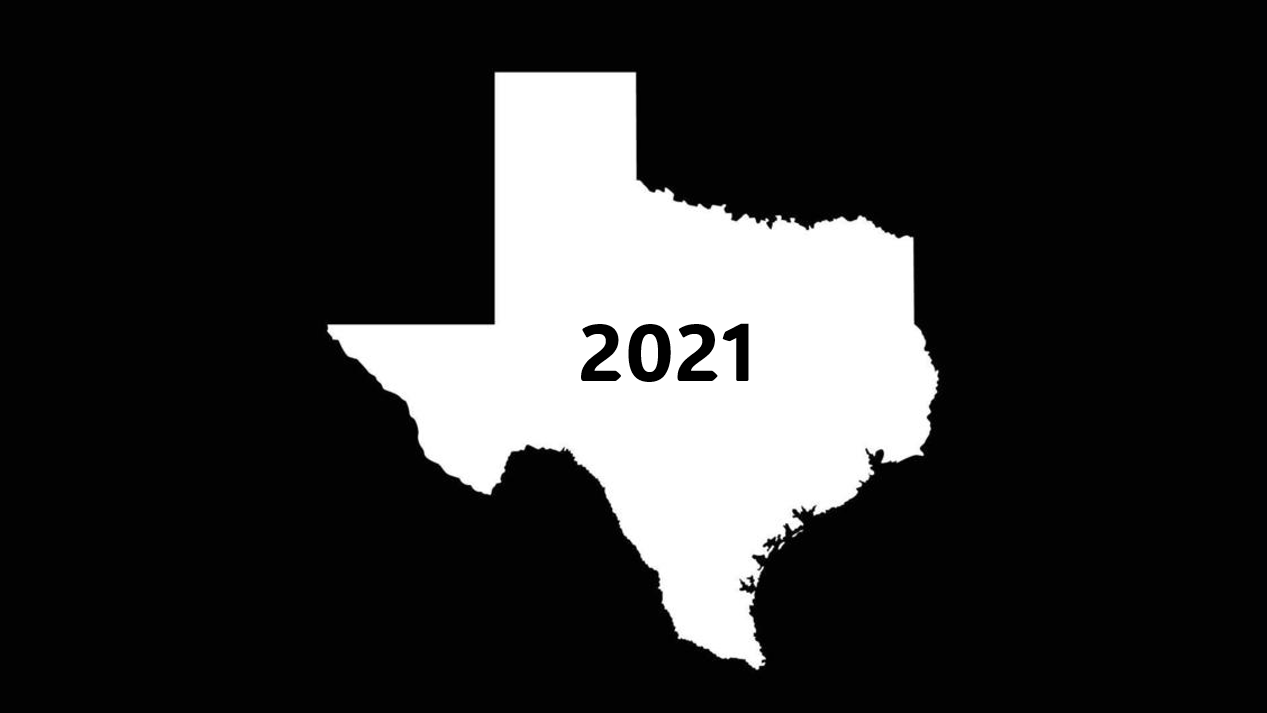
It makes you realize just how much our lives rely on having electricity. Hospitals, communication, water systems, and food storage are just a few of the things that need power in order to help us survive.
Slide 5
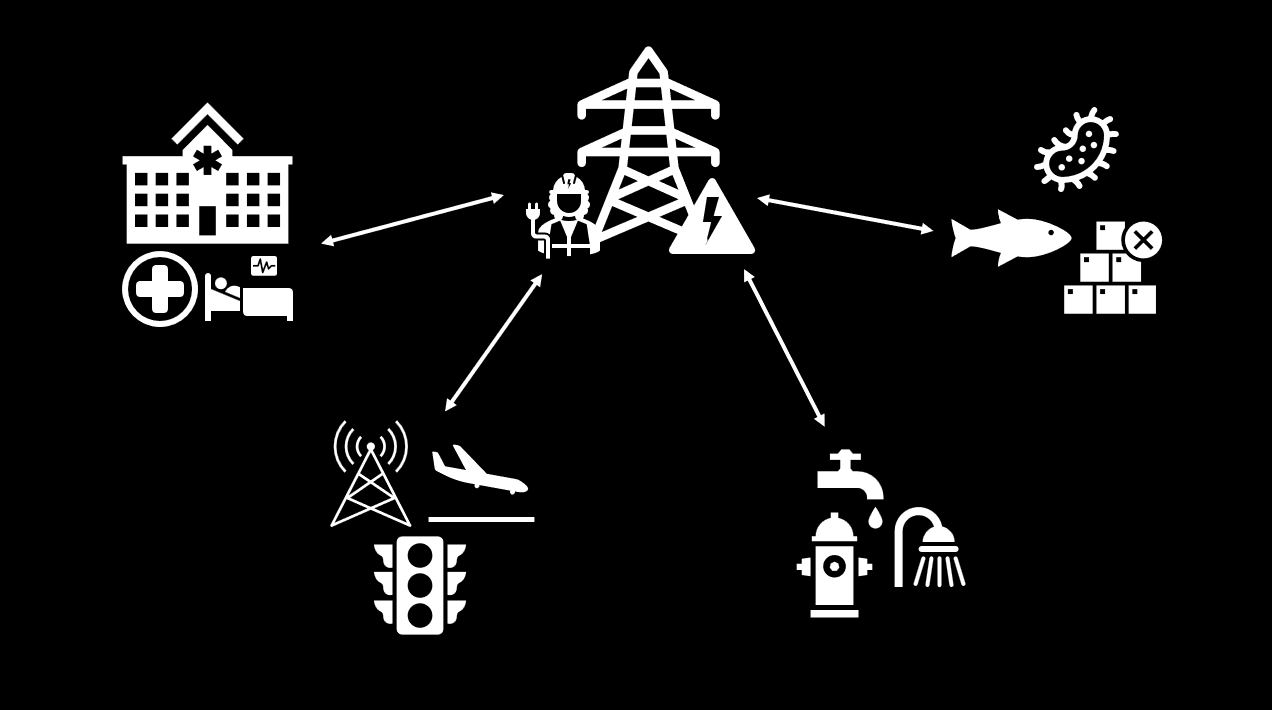
To say the least, blackouts are disasters. They affect our lives on a major scale. And as the number of climate related storms like Uri on the rise, blackouts are bound to happen more and more.
Slide 6

So, why can’t we just turn the lights back on? Why is it so difficult to just reboot the electrical grid? Think about it, for starters, power generators need power themselves. |
Slide 7

Kind of a paradox now, isn’t it? The first step to getting power back on is called blackstart, and it involves powering up those generators from an outside source. After that, it gets even more complicated. |
Slide 8
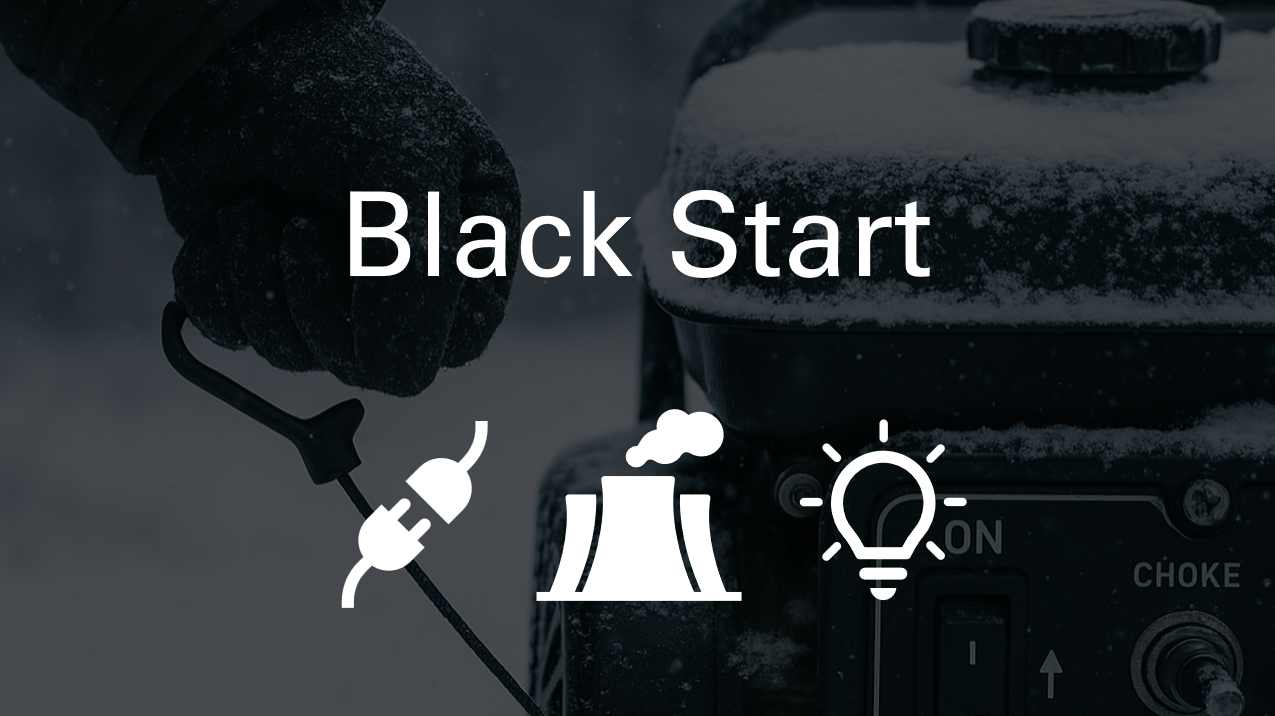
You can think of the electrical grid like a big highway system. The cars are electricity- the on ramps are generators and the off ramps are demands. There also exist a set of constraints, or “speed limits”, that restrict how power can flow. |
Slide 9

The first possible issue is a mismatch in power. Even 1% too much power can overflow the system. Just like a major car crash, the resulting fires or explosions both damage the system and hurt any people around.
Slide 10
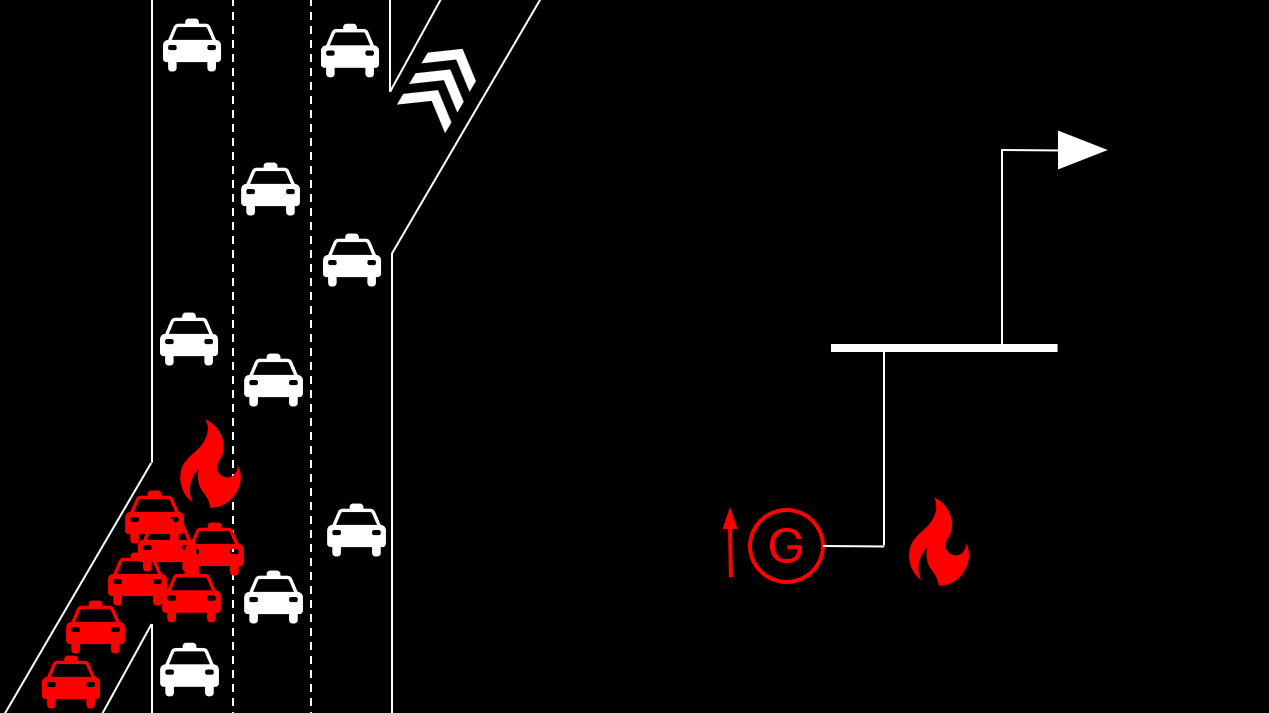
Another issue is a signal mismatch. Voltage sent into the grid oscillates in a sinusoidal manner. For power to be transported successfully, the phase and frequency of the sources must match, which is difficult if that info is inaccessible due to there being no power. |
Slide 11
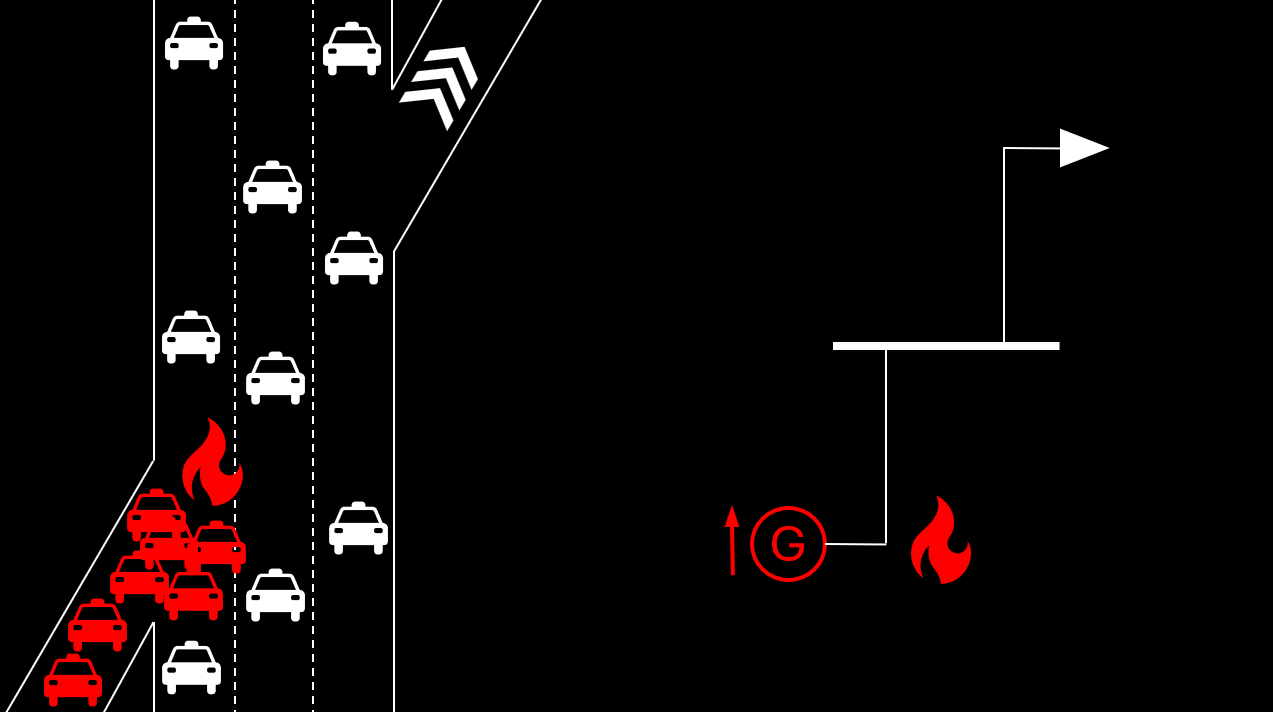
Lastly, the effects of blackouts get exponentially worse the longer they last, making time one of the most critical issues of all. One thing to consider is that geography plays a role in the time it takes for important infrastructure to regain power. |
Slide 12

Imagine this, we have a source of hydropower, such as a dam, about five hundred miles from a big hospital. In a blackout, the dam would have to power up everything in between it and the hospital before it could restore the hospital power. That means that the hospital, despite being the most vulnerable in a blackout, would have to wait longer than anything else that is closer to the dam. That just makes no sense. |
Slide 13 & 14
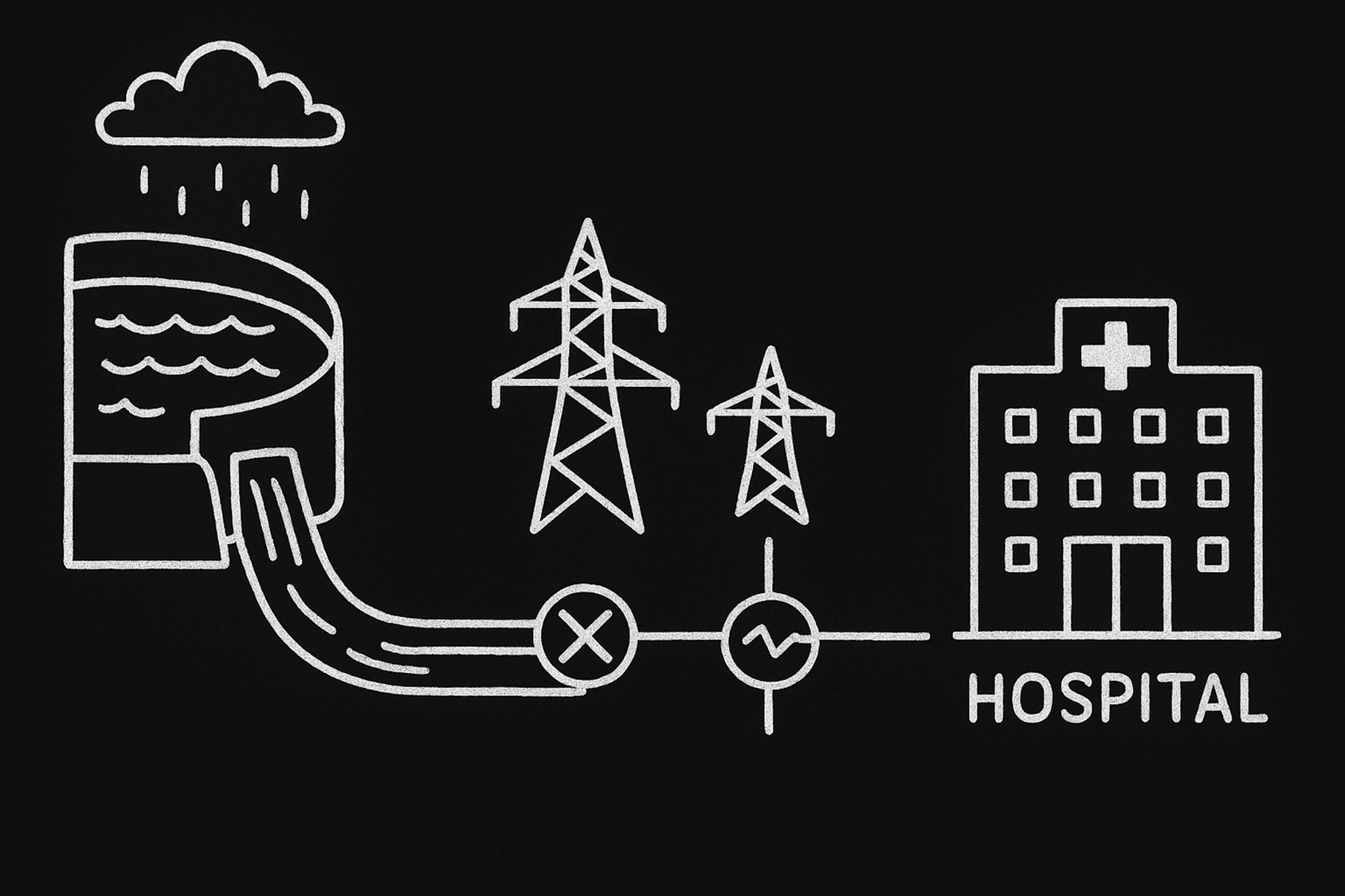
Enter distributed energy resources. Distributed energy resources are small scale energy sources or storage units that are located closer to the point of use. These include solar cells, batteries, and more.
Slide 15

Now, let’s reimagine the scenario with distributed energy resources. Instead of being dependent on the far away dam, the hospital can now pull power from smaller nearby sources and regain power much faster than it would otherwise. |
Slide 16
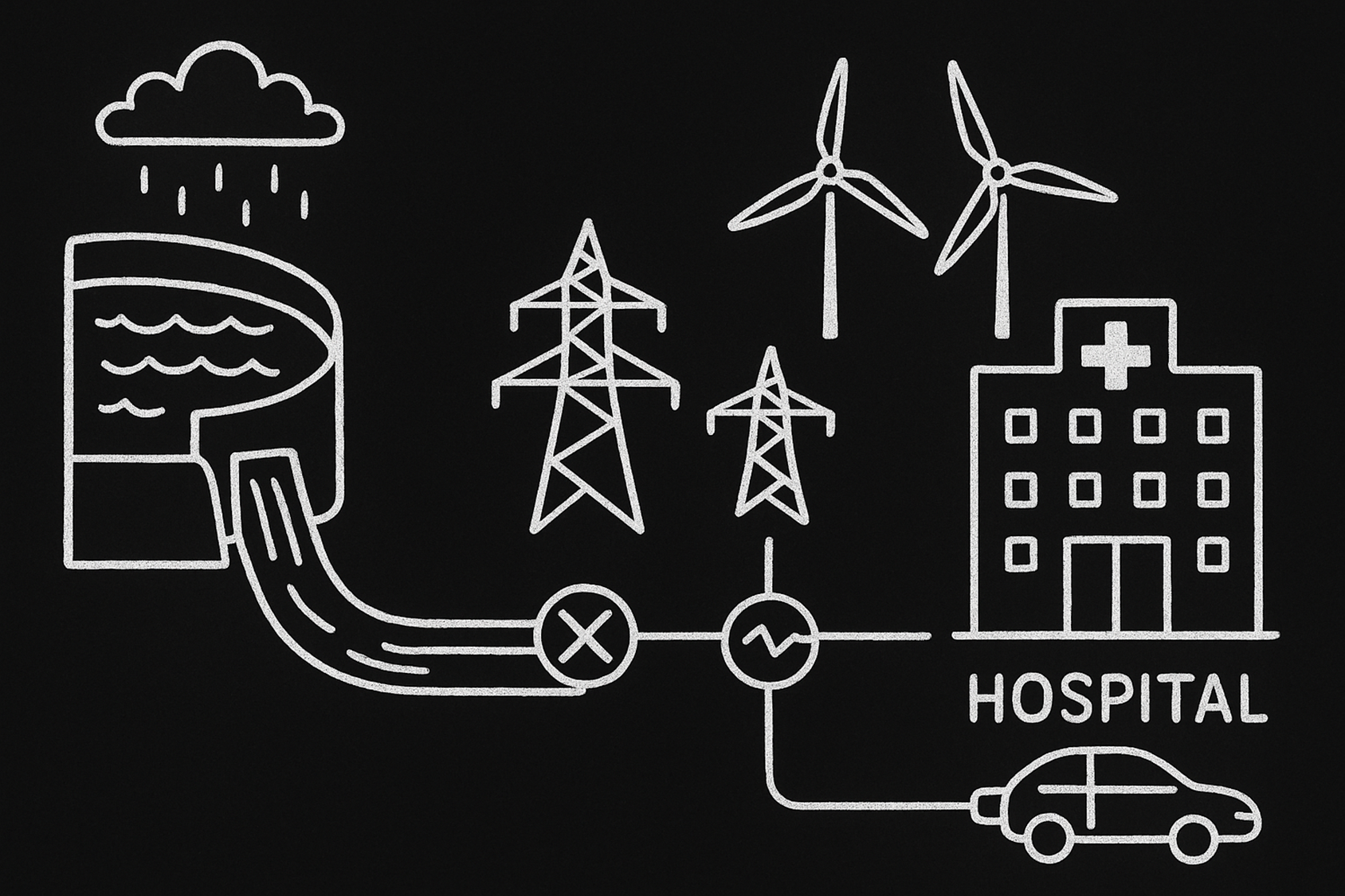
Of course there is a caveat. The more resources introduced into the system, the harder it becomes to manage power flow. So while this new technology has the potential to resolve blackouts quicker, there is still a lot of research to be done to reach that point. |
Slide 17

That is where our work comes in. At NREL, we design devices, algorithms, and simulations in order to ensure that one day, blackouts won’t be a big deal. As we come to a close, let’s retrace the facts that fuel our work. |
Slide 18
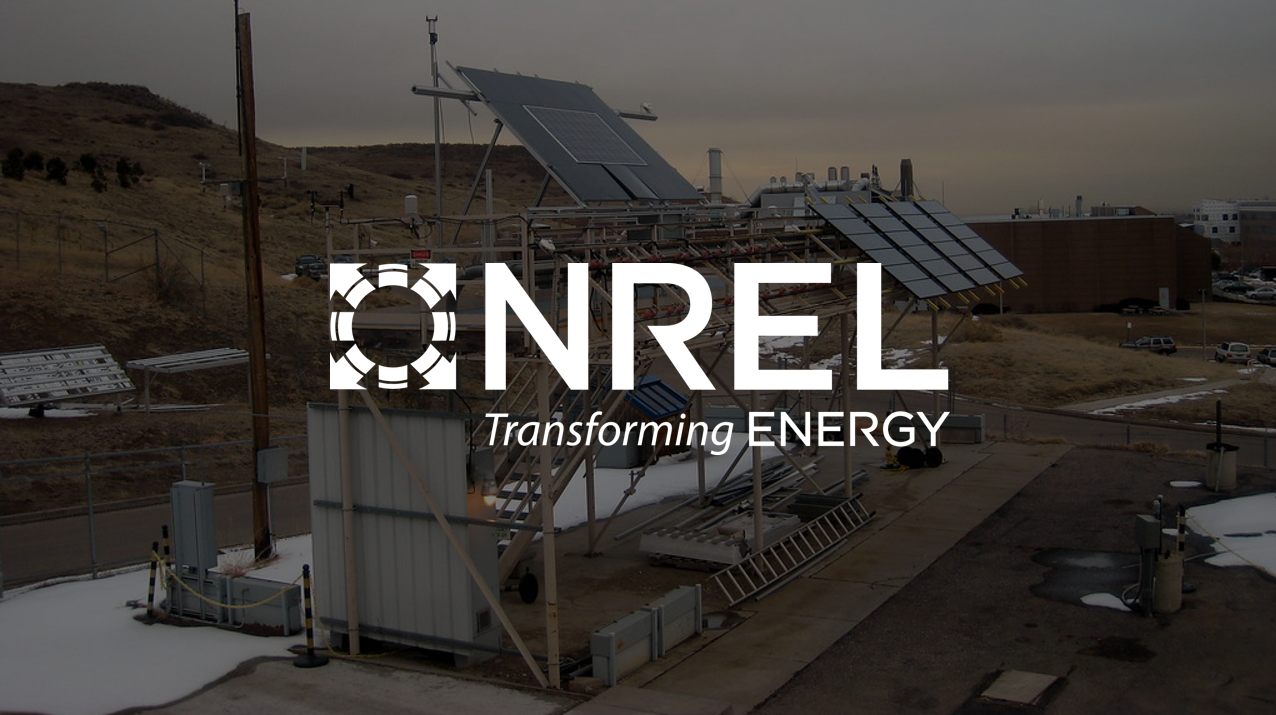
Blackouts are devastating, and need the be resolved as quickly as possibly
Climate change both increases the forecasted number of blackouts, but
also pushes renewables onto the scene.
Renewables complicate power flow, but in the end may provide a faster solution.
Slide 19
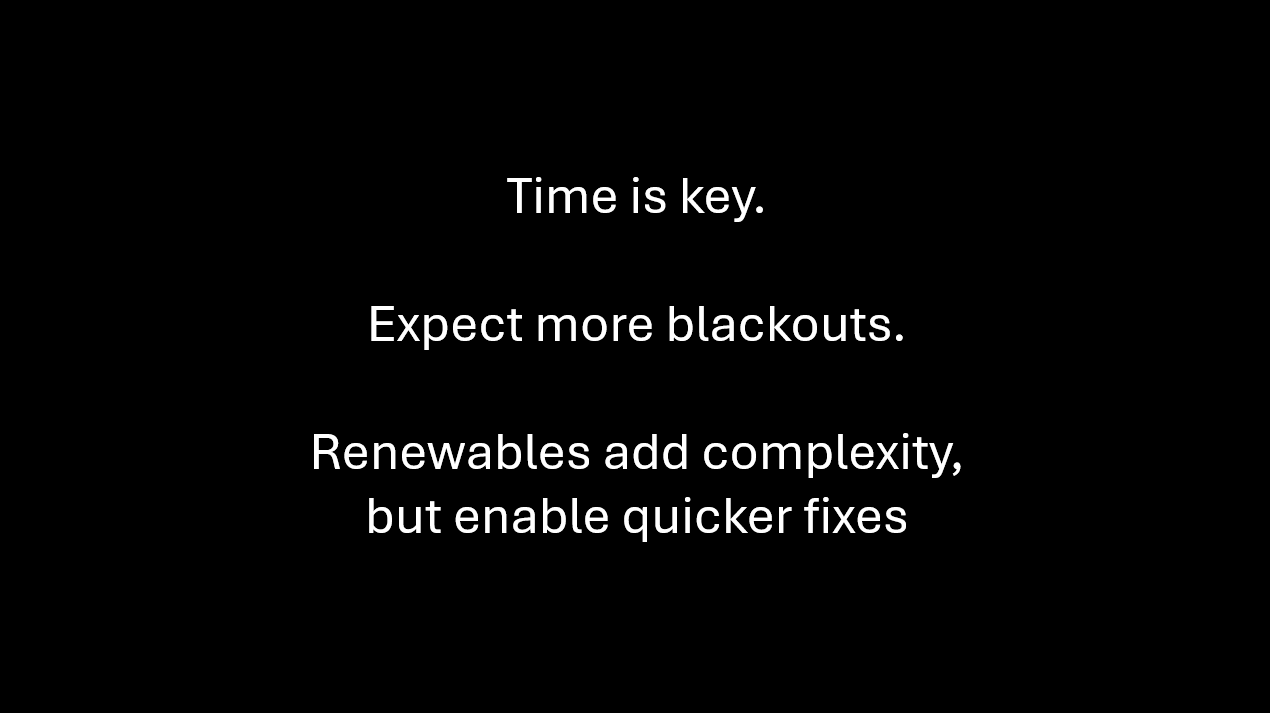
So, while black outs are inevitable, today’s engineers are developing the technology to resolve them faster and better in the future. Then one day, when the lights go out, it won’t be a crisis - just a good excuse to play Uno with some friends.
Slide 20
